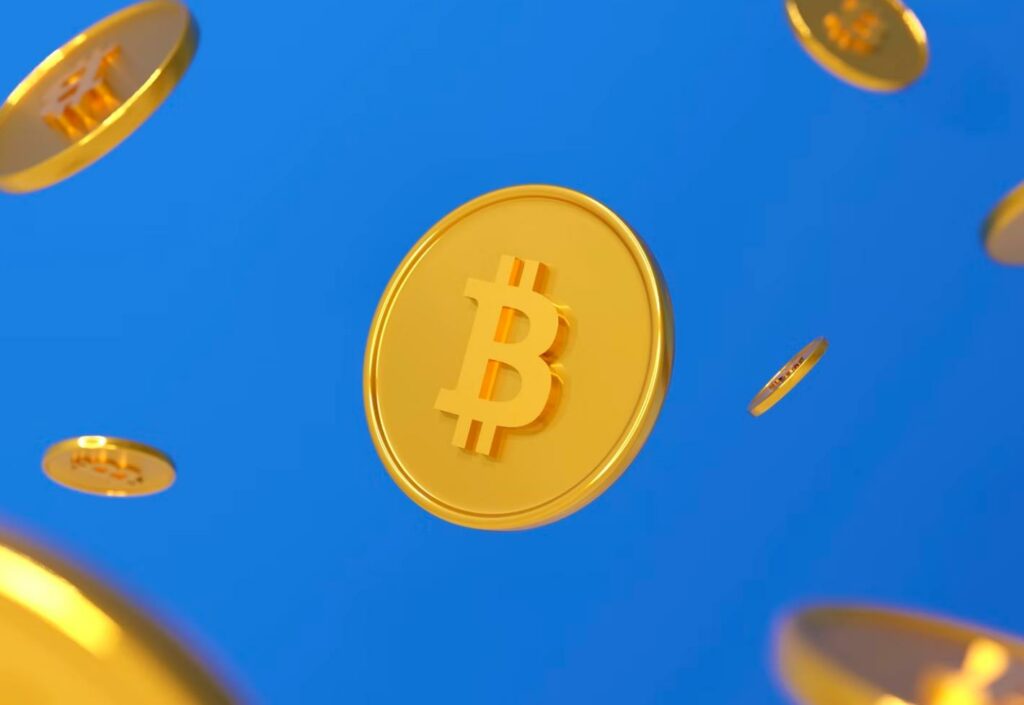According to the latest data, the notion that panic selling caused Bitcoin’s price to fall seems less tenable. Everyone was expecting another capitulation event in Bitcoin BTC -0.23%, but data shows that massive buying has begun.
In a June 29 Twitter post, Checkmate, lead on-chain analyst at data firm Glassnode, drew attention to who among Bitcoin is really hoarding.
Whether it’s shrimp or whales, Bitcoin holders are hoarding
The Bitcoin sell-off has been in the headlines for weeks and has even begun to include long-term holders (LTH) — those who hold Bitcoin for 155 days or more. Speculators are not taking the blame for the current Bitcoin price weakness, but contrary to popular belief, many market participants are actually increasing their Bitcoin allocations.
By analyzing Glassnode data, Checkmate found that both the smallest and largest investors are in buying mode around $20,000.
Dividing the holders into four tiers: “shrimp”, “crab” (also known as classic holders), “shark” and whale, the numbers read surprisingly well.
Shrimp and Crab, the smallest retail investors with 10 bitcoins or less in their wallets, are not only hoarding, but more intensely than at any time since BTC/USD first touched $20,000 in 2017.
Shrimp is increasing bitcoin balances at the fastest pace since its all-time high in 2017. Same price, different trend direction. I would not underestimate the wisdom and conviction of the little Bitcoiners. On the other hand, whale users are also moving bitcoin from exchanges to private wallets at an alarming rate.
The main exception is in the middle: sharks or institutions, high net worth entities holding between 10 and 1,000 bitcoins.
“While this accounts for a large portion of the network, holders bear the brunt of the macro shift, either getting liquidated positions or seeing their wealth wiped out in DeFi bets.”
Checkmate
However, even here, the general trend is up.
“Balances are increasing, but nothing special. Given the poor performance of TradFi and cryptocurrencies, I suspect that these individuals were severely affected by deleveraging and margin calls.”
Exchange stablecoin reserves reach $25 billion
Earlier this week, data from Glassnode also showed that 30-day cumulative bitcoin outflows from exchanges reached a new peak. Ki Young Ju, CEO of another analytics firm CryptoQuant, sees signs that capital is on the sidelines, waiting to redeploy into the cryptocurrency space.
Ki noted that the total market capitalization of stablecoins is down only 11%, while the total market capitalization of Bitcoin is down 70% from its all-time high.
He added on June 30: “Stablecoins on exchanges are now worth half of Bitcoin’s reserves. We have $25 billion in stablecoins that can drive crypto prices up. The question is when and when. Not how to go up.”
Complicating the situation, exchanges’ stablecoin-to-market cap ratios have remained virtually unchanged for two years, while the market cap of stablecoins themselves has ballooned during that time.
At the same time, Bitcoin supply ratios on exchanges are more volatile.






